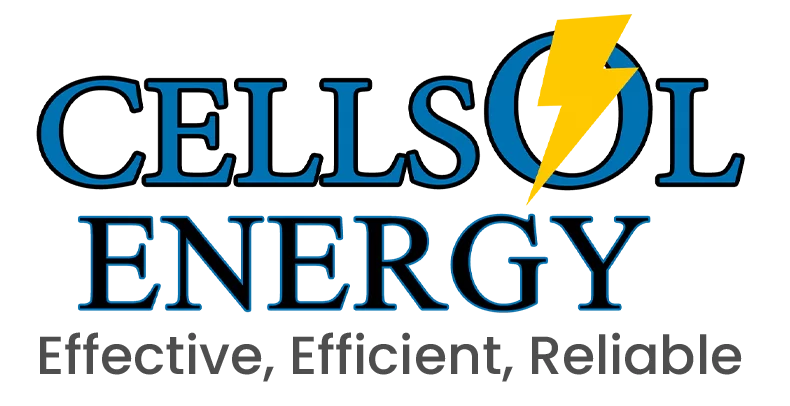As Pakistan moves toward clean and sustainable energy solutions, solar power is rapidly becoming one of the most reliable and cost-effective alternatives to traditional electricity. From residential rooftops to commercial buildings and agricultural lands, solar panel adoption is on the rise. But one question that often comes up is: What is the solar panel price in Pakistan in 2025?
In this guide, we’ll break down current solar panel prices, key factors influencing cost, popular brands in the market, and how investing in solar can benefit your pocket and the environment.
🔆 Why Go Solar in Pakistan?
With prolonged power outages, rising electricity bills, and increasing demand, Pakistan is in urgent need of alternative energy solutions. Solar power is not only sustainable but also offers long-term savings for individuals and businesses alike.
Benefits of Solar Energy in Pakistan:
-
Reduction in monthly electricity bills
-
Net metering allows selling excess power back to the grid
-
Reliable backup during load shedding
-
Government support and tax incentives
-
Eco-friendly and sustainable
💰 Solar Panel Price in Pakistan (April 2025)
The price of solar panels in Pakistan varies depending on:
-
Type of panel (monocrystalline, polycrystalline, bifacial)
-
Brand reputation
-
Wattage and efficiency
-
Market supply and dollar exchange rate
Here’s an approximate breakdown of per-watt rates and total panel costs for different wattages:
| Panel Capacity | Type | Price per Watt (PKR) | Estimated Panel Price (PKR) |
|---|---|---|---|
| 150W – 250W | Polycrystalline | Rs. 42 – 50 | Rs. 6,300 – Rs. 12,500 |
| 330W – 450W | Monocrystalline | Rs. 45 – 55 | Rs. 14,850 – Rs. 24,750 |
| 540W – 600W | Mono/Bifacial | Rs. 48 – 58 | Rs. 25,920 – Rs. 34,800 |
📌 Note: Prices are subject to change based on market conditions, import costs, and brand warranties.
🔝 Popular Solar Panel Brands in Pakistan
Some of the top-performing brands available in Pakistan include:
-
Longi Solar – Known for high-efficiency monocrystalline panels
-
JA Solar – Great value with reliable output
-
Canadian Solar – Trusted international brand with strong warranties
-
Jinko Solar – Leading global supplier with advanced technology
-
Trina Solar – Well-known for performance in harsh climates
Each of these brands offers panels with 10 to 12 years product warranty and 25-year performance guarantees.
⚙️ Types of Solar Systems
When planning to go solar, it’s essential to choose the right system type based on your needs and budget:
1. On-Grid (Grid-Tied) Systems
-
Connected to the electricity grid
-
Supports net metering
-
No battery required
-
Ideal for homes and businesses with stable grid supply
2. Off-Grid Systems
-
Operates independently without grid connection
-
Requires battery storage
-
Best for remote areas with no electricity
3. Hybrid Systems
-
Combines grid and battery backup
-
Offers flexibility during outages
-
More expensive but highly reliable
🏠 Example: Solar System Costs for Homes
Here’s a general estimate of how many panels and total cost you’d need for common system sizes:
| System Size | No. of 540W Panels | System Price Range (PKR) | Monthly Savings |
|---|---|---|---|
| 3KW | 6 Panels | Rs. 600,000 – Rs. 700,000 | Rs. 15,000 – 18,000 |
| 5KW | 10 Panels | Rs. 950,000 – Rs. 1,150,000 | Rs. 25,000 – 35,000 |
| 10KW | 19 Panels | Rs. 1,800,000 – Rs. 2,100,000 | Rs. 45,000 – 60,000 |
These costs include:
-
Solar panels
-
Inverter (hybrid or on-grid)
-
Structure & wiring
-
Installation labor
-
Net metering support
📈 What Influences Solar Panel Prices?
Several factors can affect the cost of a solar panel or complete system:
-
Exchange Rates – Most panels are imported, so a rise in USD affects prices.
-
Brand Reputation – Tier-1 brands cost more but offer better durability.
-
Government Policies – Taxes or import duties can impact pricing.
-
Technology – Bifacial and half-cut cell panels may be more expensive but more efficient.
-
Installation Area – Complex rooftops or custom structures may increase labor cost.
💸 Return on Investment (ROI)
Despite the upfront cost, a solar panel system in Pakistan usually pays for itself in 3 to 5 years, especially when paired with net metering.
For example:
-
A 5KW system generating 600 units/month can offset Rs. 30,000 in electricity costs
-
That’s Rs. 360,000 per year, resulting in ROI within a few years
After that, you’re essentially enjoying free electricity for the next 15–20 years.
🌍 Environmental Benefits
By switching to solar energy, you’re not just saving money—you’re also protecting the environment.
-
Reduces carbon emissions
-
Minimizes dependency on fossil fuels
-
Supports a cleaner and greener Pakistan
One average-sized home solar system can reduce CO₂ emissions equivalent to planting over 300 trees per year.
🛠️ Tips for Buying Solar Panels in Pakistan
-
Always compare prices from multiple vendors
-
Check for Tier-1 certification
-
Understand warranty terms
-
Choose panels with higher efficiency ratings
-
Go for a trusted installer with experience and technical support
🧾 Final Thoughts
The demand for solar energy in Pakistan continues to grow as more people realize the financial and environmental advantages it offers. Whether you’re a homeowner, business owner, or farmer, installing a solar system is a smart investment in the future.
Knowing the latest solar panel price in Pakistan helps you make an informed decision and find the right solution tailored to your budget and energy needs.


Post a Comment